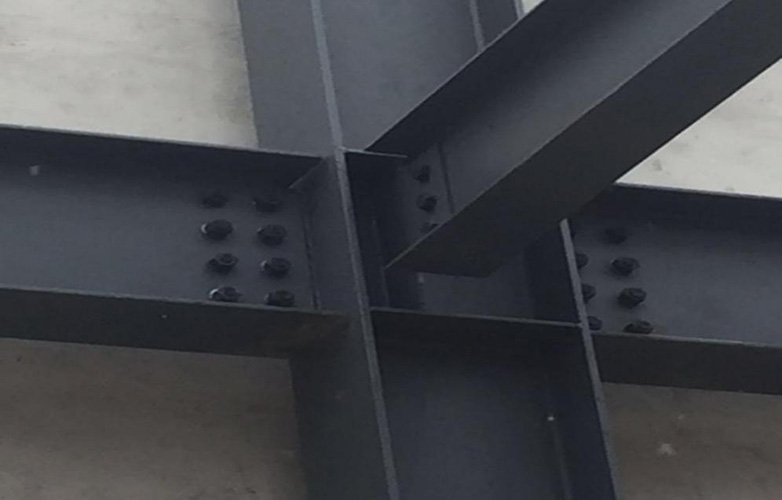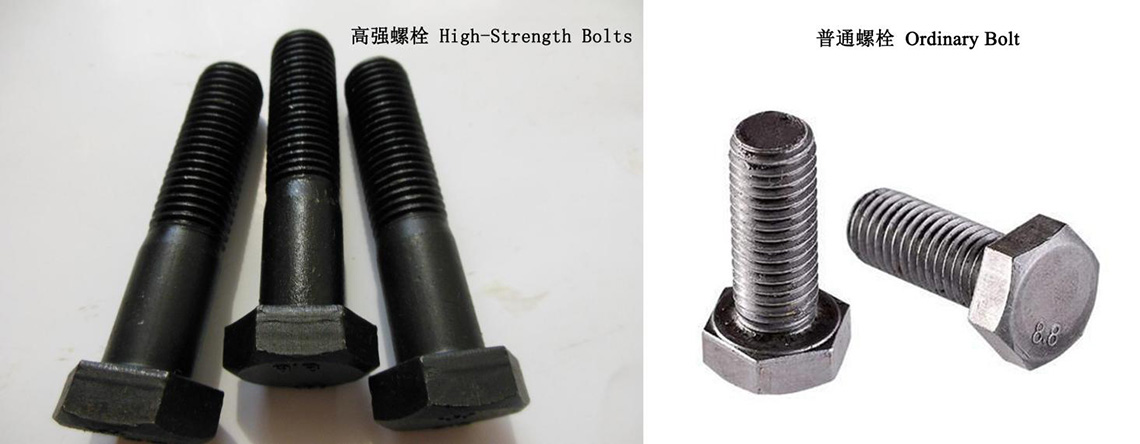The important knowledge of steel structure
- 18 Apr 2019
- steel structure
Steel structure building has been warmly welcomed by many friends because of its many advantages. But what are the specific advantages of the steel structure system? Now, our company (Beijing WanJinLong Color Coated Steel Products Co.,Ltd) has sorted out the important points about steel structure for all the friends.

1. Steel structure characteristics: The steel structure system has the advantages of light weight, easy installation, short construction period, good seismic performance, fast investment recovery, less environmental pollution, as well as good plasticity, toughness, and impact resistance.
2. The types of steel :According to the thickness, it can be divided into thin plate ( thickness < 4mm), medium plate (thickness 4-20mm) ,thick plate (thickness 20-60mm), and extra-thick plate (thickness >60mm).
3. What are the differences between ordinary bolts and high-strength bolts?
3.1 Ordinary bolts are generally made of ordinary carbon structural steel,without heat treatment. While high-strength bolts are generally made of high-quality carbon structural steel or alloy structural steel. It is necessary to undergo quenching and tempering heat treatment to improve the comprehensive mechanical properties.
3.2 High-strength bolts’ intensity is divided into: 8.8, 10.9, 12.9; commonly used are 8.8S and 10.9S levels. Ordinary bolts generally have 4.4, 4.8, 5.6 and 8.8.
3.3 As for the characteristics of force, the high-strength bolt transmitted the external force by pre-tensiong force and frictional force. while the ordinary bolt transmitted it by shearing force of bolt and bearing pressure of hole wall.

4. Types of welding rods
It generally consists of ten types: carbon steel welding rods, low alloy steel welding rods, molybdenum and chrome molybdenum heat resistant steel welding rods, low temperature steel welding rods, stainless steel welding rods, surfacing welding rods, cast iron welding rods, nickel and nickel alloy welding rods, copper and copper alloy welding rods, Aluminum and aluminum alloy welding rods and special purpose welding rods.
5. weld defects:
5.1 Incomplete penetration: The blunt edges of the middle metal joint (X groove) or the root (V, U groove) are not completely fused together and the partial remains unfused. The incomplete penetration reduces the mechanical strength of the welded joint, and forms a stress concentration point at the not-welded notch and the end portion, which is likely to cause cracking when the welded member is subjected to a load.
5.2 Unfused: between the solid metal and the filler metal (between the weld bead and the base metal), or between the filler metal (between the weld beads and weld layers during the multi-pass weld), the joint is not completely melted, or at the point welding (resistance welding), the base metal are not completely fused together, and sometimes there is often a slag inclusion.
5.3 Porosity: During the fusion welding process, the gas inside the weld metal or the invading gas didn’t flow out Cooling solidification and remain in the metal before will cause cavity or pore inside or on the surface of the weld metal. According to its shape, it can be divided into a single porosity, a chain porosity, and a dense porosity (including honeycomb porosity)etc. Although the stress concentration tendency of the porosity is not so large compared to other defects, it destroys the compactness of the weld metal and reduces the effective cross-sectional area of the weld metal, resulting in a decrease in the strength of the weld bead.